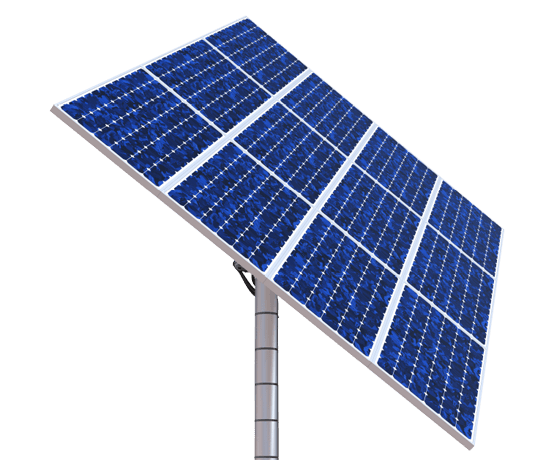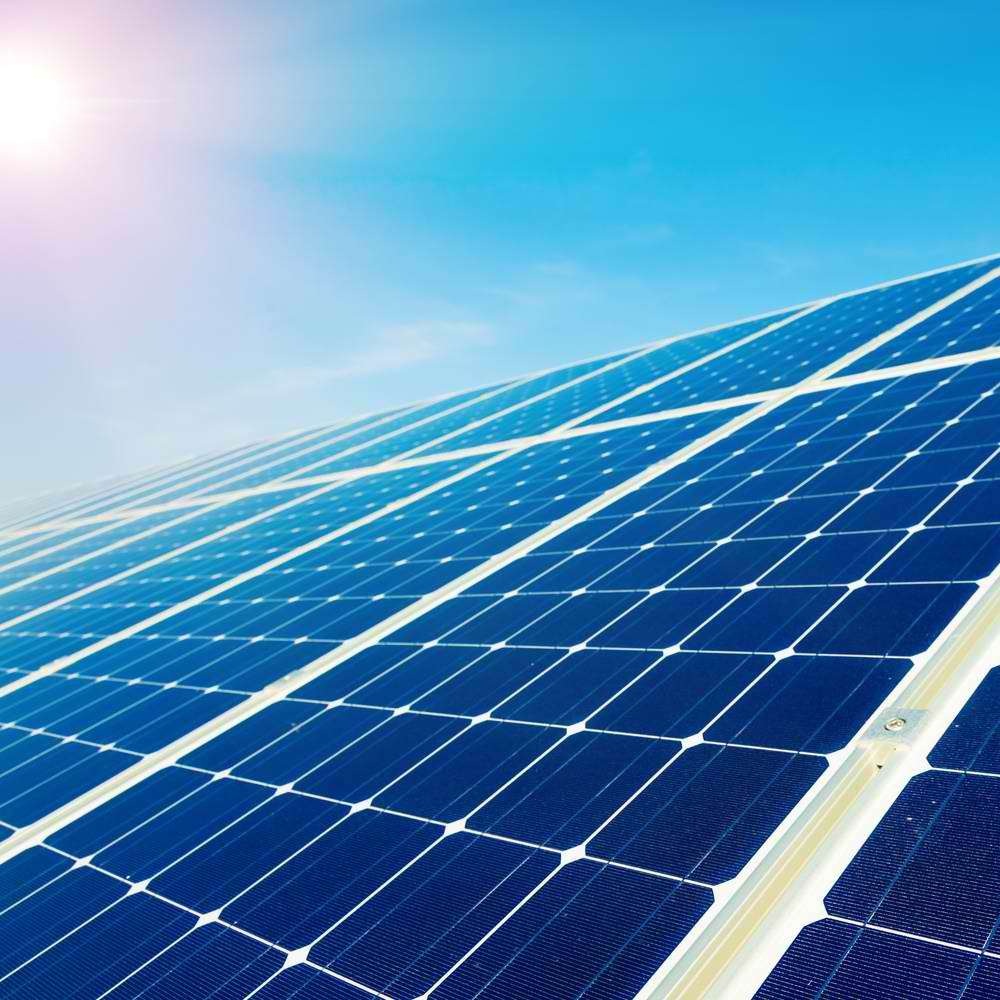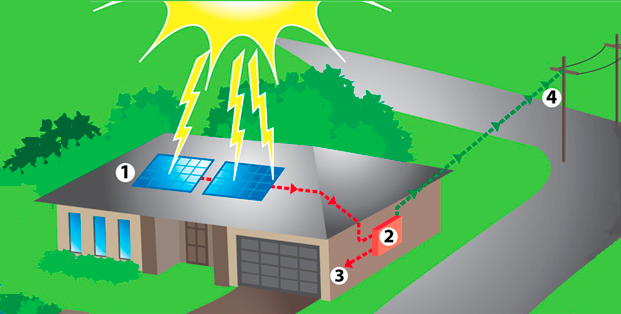Solar Services
With so many different solar products on the market and ever-changing government schemes, it’s easy to get confused about solar.
Haines Electrical Service will be able to provide realistic system performance figures based on your individual setting and explain what impacts this is likely to have on your electricity bill. We can also provide up-to-date information on our products, our installations and on the various incentive schemes.

Solar Products
We use only high quality inverters from companies such as Schneider Electric and SMA.
Technical Data Sheet (PDF)
Photovoltaics
Solar Panels generate power by coverting sunlight into electricity. This process is known as photovoltaics (photo meaning “light” and voltaic referring to “electricity”).
Photovoltaics occurs when a special material known as a semiconductor (in solar cells this is typically monocrystalline silicon) is exposed to solar radiation (sunlight). When the semiconductor is exposed to sunlight, it absorbs some of that light, and therefore absorbs some of its energy. That absorbed energy then excites electrons in the semiconductor, freeing them and allowing them to flow across the material. These flowing electrons create an electrical current which is harnessed by the metallic conductors that overlay the surface of the silicon.
In a Solar Panel System these individual pieces of semiconductor material are known as solar cells. Groups of solar cells are linked together in a single frame, known as a solar panel. When solar panels are linked together they create what is known as a solar array.
Electricity generated from the solar array is in the form of direct current (DC) electricity. In order for this electricity to be connected to the electricity grid it needs to be matched to the grid’s Alternating Current (AC) form. To achieve this, the array is connected into a Grid-Tie inverter which converts the DC electricity from the array into AC electricity

Explaining Grid Connected PV Systems
- Photovoltaic panels convert solar energy from the sun into direct current (DC) electricity
- A Grid Tie inverter converts the DC supply into 240V alternating current (AC)
- The AC supply is distributed first to your residence
- Any excess power is then returned to the grid

